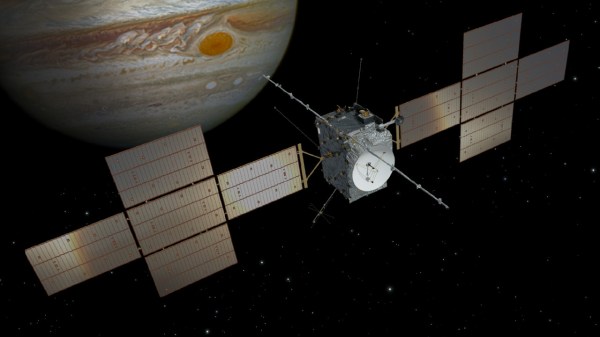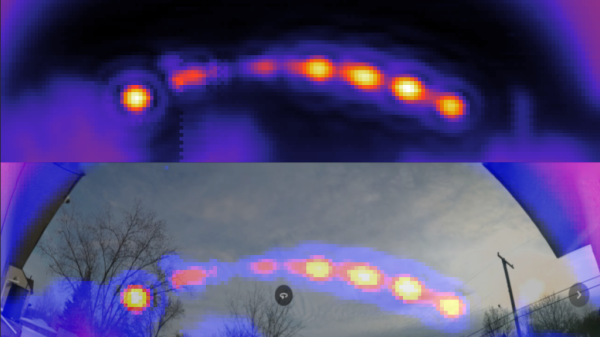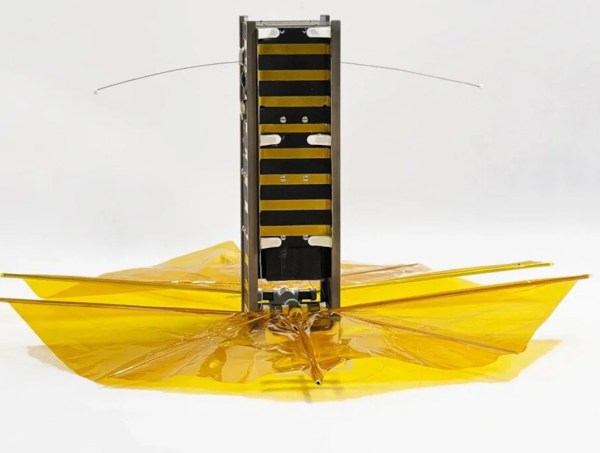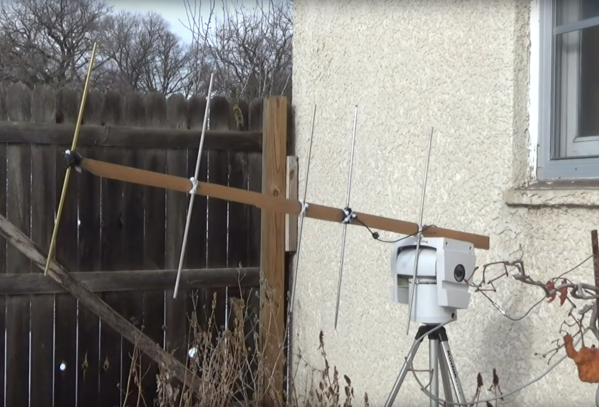South Korea’s KARI ( Korea Aerospace Research Institute ) successfully put a commercial satellite into orbit Thursday, achieving another milestone in their domestic space program. The Nuri rocket (aka KLSV-2) left the Naro Space Center launch pad on the southern coast of the peninsula at 18:24 KST, after a communications glitch in the pad’s helium tank facility caused a one-day slip. The primary payload was the 180 kg refrigerator-sized Earth observation satellite NEXTSat-2. It uses synthetic aperture radar (SAR) and also has instruments to observe neutrons in near-Earth orbit due to the impact of solar activity on cosmic radiation. In addition, seven CubeSats were successfully deployed:
- Justek JLC-101-V1.2, to verify satellite orbital control system
- Lumir, measuring cosmic radiation and testing rad-hardened microprocessor design
- Cairo Space, weather observation and space debris technology demonstration
- KASI-SAT (Korea Astronomy and Space Science Institute) SNIPE, actually four nano-sats which will achieve a 500 km – 600 km polar orbit and fly in formation to measure plasma variations.
It seems that SNIPE-C, Justek, and Lumir are having communication troubles and may be lost. Ground controllers are still searching. This launch comes almost one year after the previous launch of a dummy satellite in June, which we wrote about last year.
Continue reading “South Korea Successfully Sends Satellites To Orbit”


















